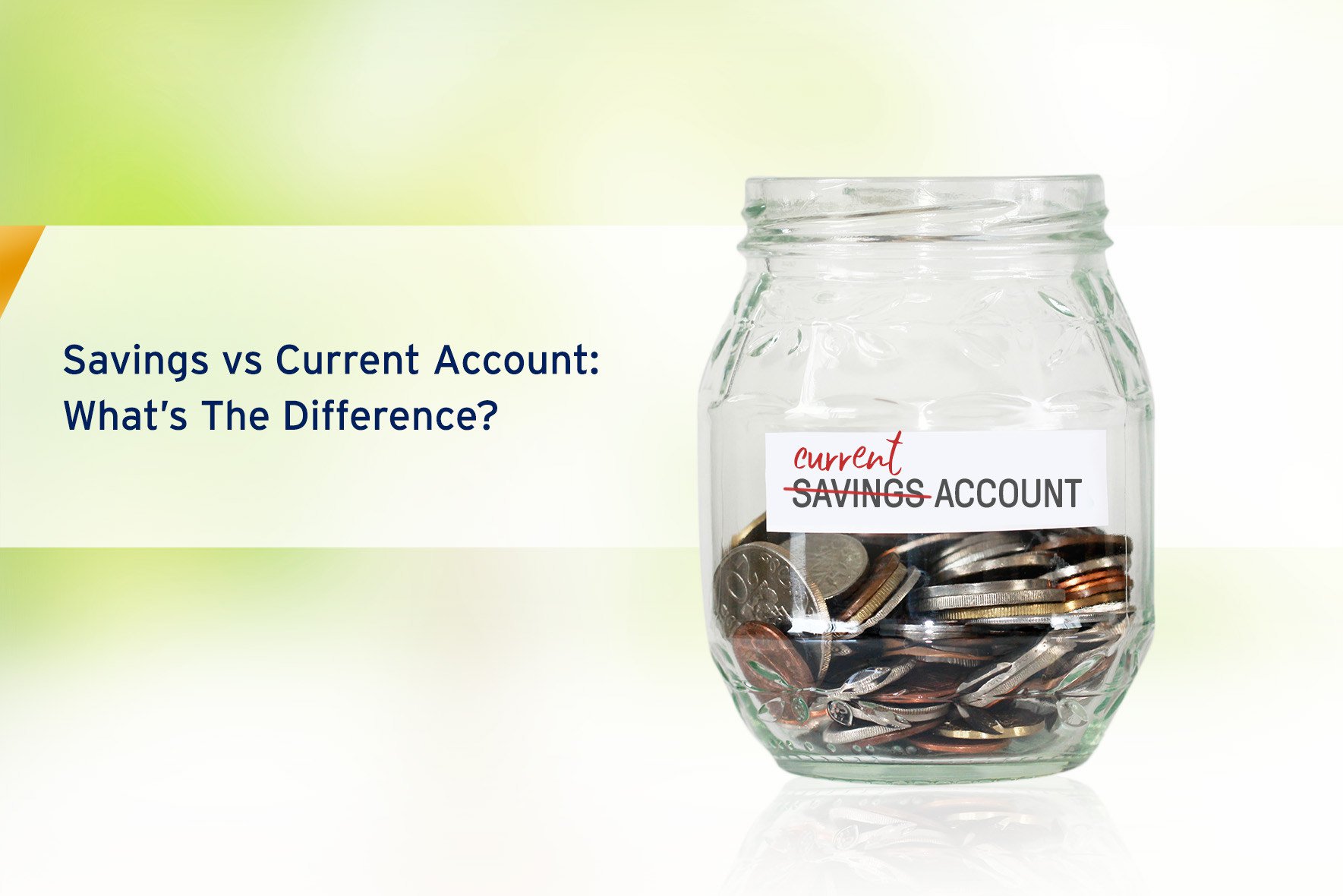
Savings vs Current Account: What’s the Difference
The distance between you and your financial goals may just be the difference between a savings and a current account. Savings and current accounts are designed for different purposes and have different features.
Generally, savings accounts cater to individuals who want to save while current accounts are made for regular transactions of firms and companies.
But that is only the beginning.
Choosing between a current and a savings account
There are several factors you need to consider before settling for either a savings or a current account.
Ideally, other than just stashing your money for safekeeping, your bank account should come with a few benefits or relevance.
Some of the factors you may want to consider when choosing between a current and a savings account include:
● Interest rates
Savings accounts are known to yield higher interests than current accounts. If your goal is to ensure that your money keeps earning while it is stored in your account, a savings account should be your go-to.
● Convenience
How much access to you have to your bank account or banking services?
The ease of transaction and convenience may differ between a savings and a current account.
● Minimum balance and charges
As with current accounts, savings accounts also have some charges attached to them.
Often times, savings accounts will require you to maintain a minimum balance each month. There may also be other charges. So, make sure to research properly.
● Card services
Most banks will offer you a debit card as soon as you open an account.
In some cases, the card you are offered depends on the type of account you are opening. Make sure you have this information in hand before venturing in.
Features of a savings account
Savings Accounts are usually regarded as the perfect investment choice because of their ability to yield high interests. They also come with additional features that make them more suitable for certain purposes.
Some of these features listed here will help you decide if a savings account is what you truly need.
● Ease of use
Savings accounts pride themselves on the ease with which savers can send and receive payments. The advent of online banking also helped this factor.
Savings account cuts down the dependency on cash for all transactions, especially when it comes to paying bills.
These days, banks offer payment facilities with savings Accounts. This enables account holders to make payments for utilities such as electricity and recharge cards directly from their account.
● ATM facility
Except for a few online banks, savings accounts come with Automated Machine cards.
This makes it easy to access your cash as most banks have their ATM branches spread all over the country.
Banks provide Savings Account holders with ATM/Debit Cards not just for accessing the account through the ATM, but also for making payments, whether at the merchant’s store, or through an online payment gateway.
● Mobile banking
One key feature of a savings account is that it usually provides account holders with access to online banking. This makes it convenient to conduct transactions.
With mobile banking, you can send and receive payments by logging in to your account online or downloading the bank’s app on your phone.
● Interest yielding
This is perhaps the most important feature of a savings account.
With savings account, banks offer an interest rate allowing your idle money to grow over time.
Want more content like this? Fill in your details below and get valuable insights delivered straight to your inbox!
Features of a current account
Current accounts are typically suited for businesses that have a higher number of regular transactions.
They are different from savings accounts in more ways than one. Having a current account is not only beneficial for your business from the taxation and legal perspectives, but also helps you maintain clean, comprehensible financial records.
Some of the features of current accounts include:
● Business suited
Current accounts are suited for businesses. They help business owners accurately record their business’ income and expenses. This enables them to understand their business’ financial standing and help plan finances accordingly. It also helps generate projections for the business more efficiently.
● Overdraft facility
Unlike savings accounts, current accounts have overdraft facilities to help your business through a cash crunch.
One of the most popular features of current accounts, the overdraft facility lets businesses withdraw an amount greater than the account balance for a short period of time.
When more money flows into the current account, the bank automatically takes the amount it let the account holder overdraw earlier.
● Unlimited transactions
Because they do not offer interests, current accounts do not come with withdrawal limits.
By their nature, businesses make lots of transactions daily. This is the fundamental reason why business operations cannot be run on a savings account.
● Hassle-free transfers
Current accounts make transferring funds and receiving money through various means, online, cheques, pay orders hassle-free and flexible.
Some financial institutions may also offer a zero-balance current account, which allows you to transact without maintaining a monthly balance.
● No Interests
Banks do not pay interest on the credit balance of current accounts, given that the amounts and volume of transactions are high.
Savings vs current accounts
A savings account differs from a current account in many aspects. They both address different financial needs of the user, helping in better money management.
Some of the major differences between a savings and a current account include:
1. Purpose
While a savings account is designed to encourage and promote savings, a current account is designed to facilitate regular or frequent transactions.
2. Targets
Savings accounts are targeted at individuals who earn a steady or regular income like salaried employees. They are also designed for those who have short-term financial goals to meet.
A current account on the other hand, targets those who are required to carry out frequent money transfers like businessmen, firms, companies, organizations, or public enterprises.
3. Monthly transactions
Savings account usually put a limit on the maximum number of transactions which a holder can carry out in a month. The aim is to encourage account holders to save.
Current accounts do not have any limit on the maximum number of transactions which one can carry out.
4. Interests
Savings account will typically generate interests. Since they do not allow unlimited transactions, it is easier to accumulate more funds over a period of time.
In the case of current accounts, banks usually do not provide any interest. This is due to the fluid nature of the account which allows frequent transactions.
5. Minimum balance
Savings accounts require a minimum balance, even though it is usually low. However, for current accounts, one may need to maintain a relatively higher amount as a minimum balance.
6. Third-party withdrawals
With savings accounts, only the account holder can make withdrawals over the counter.
Current account holders on the other hand can issue cheques that enable third parties make withdrawals.
Now that you’ve gone through the workings and differences of savings and current accounts, you can make an informed decision on which to go for depending on your need.
Looking to open a savings account? Visit nairaCompare to compare interest rates on different savings accounts and find the one that best suits your needs.




